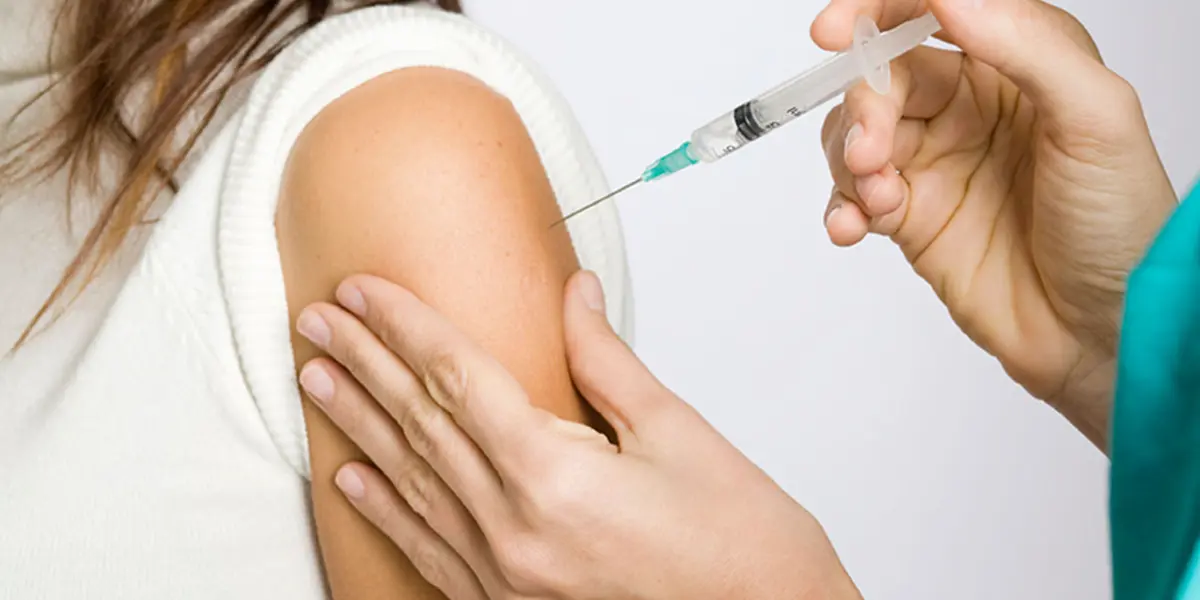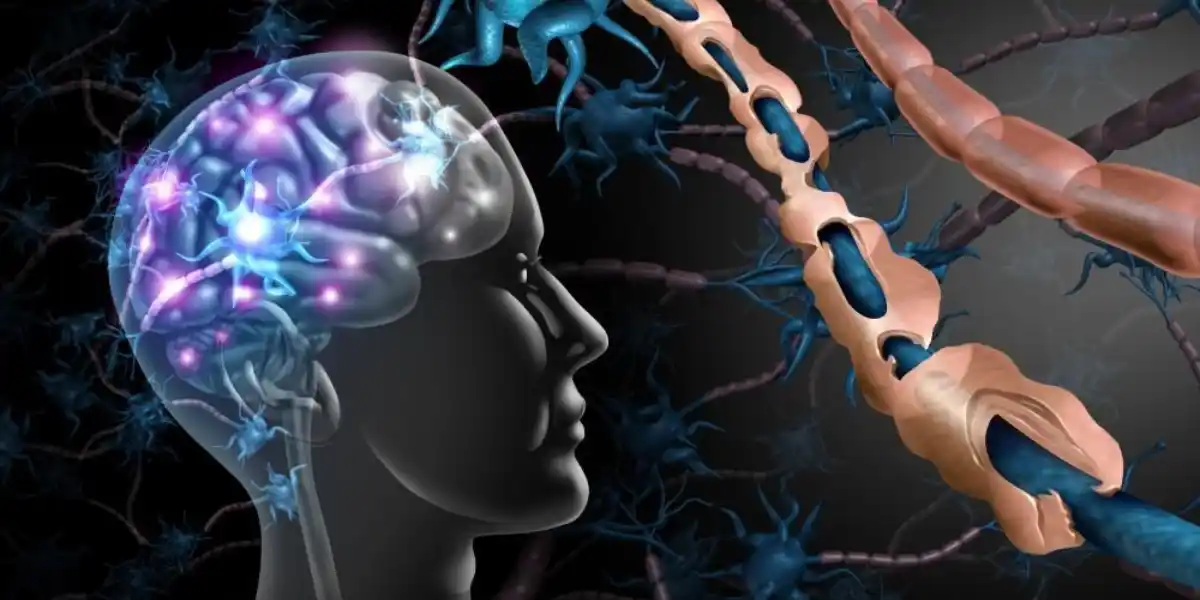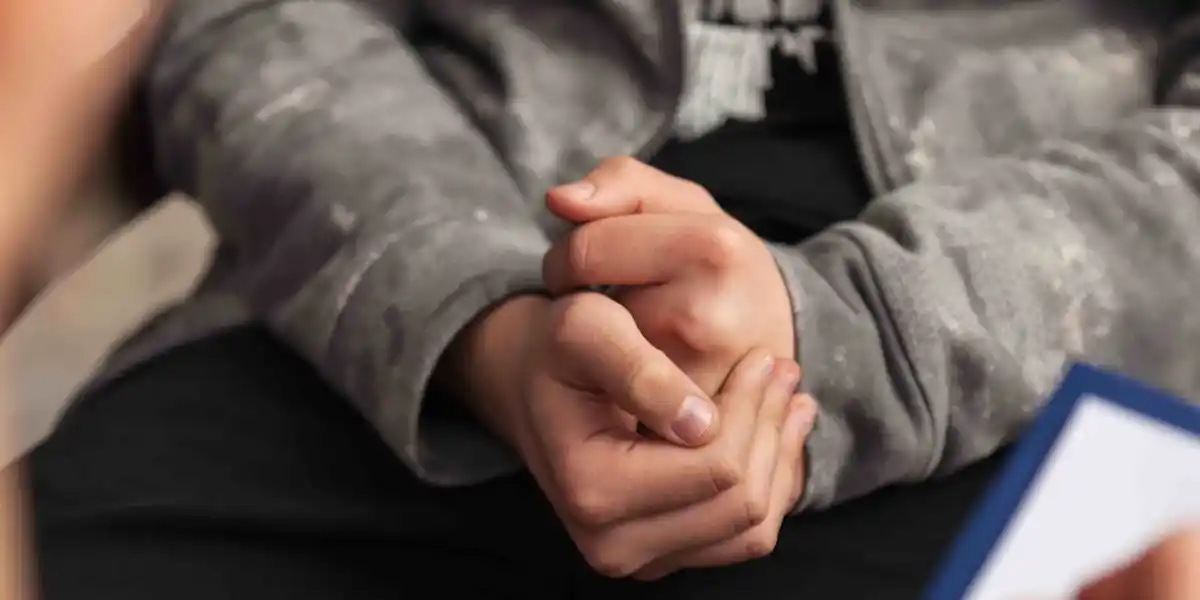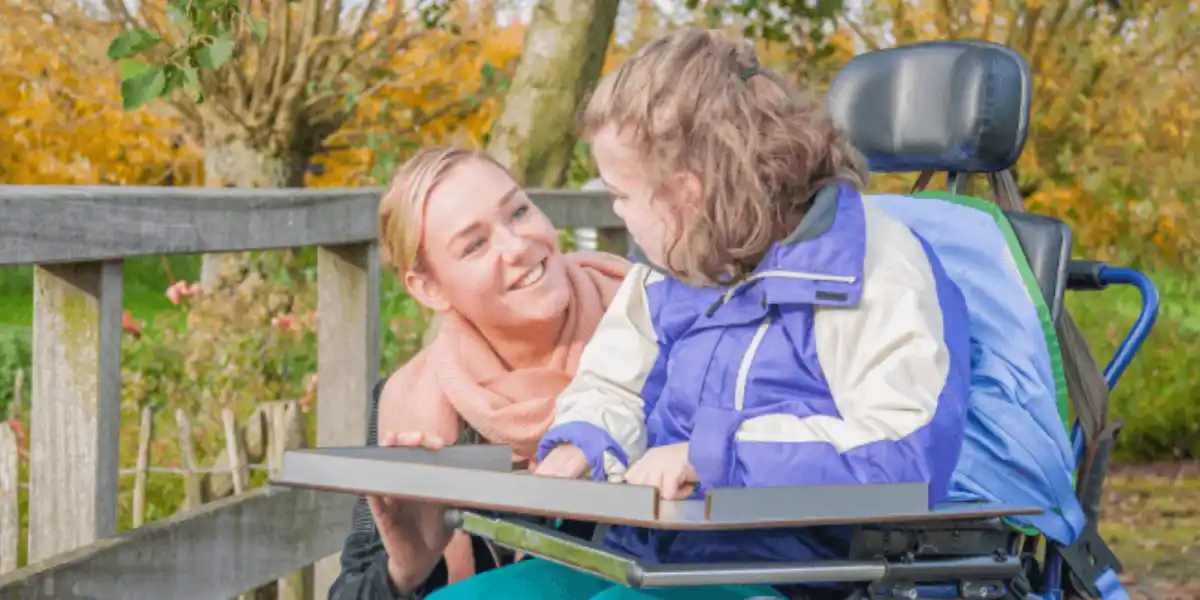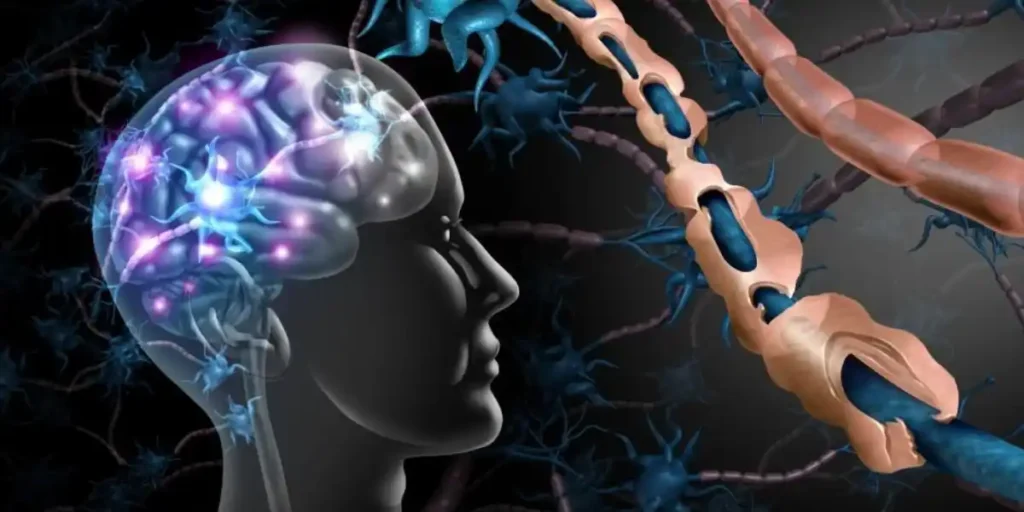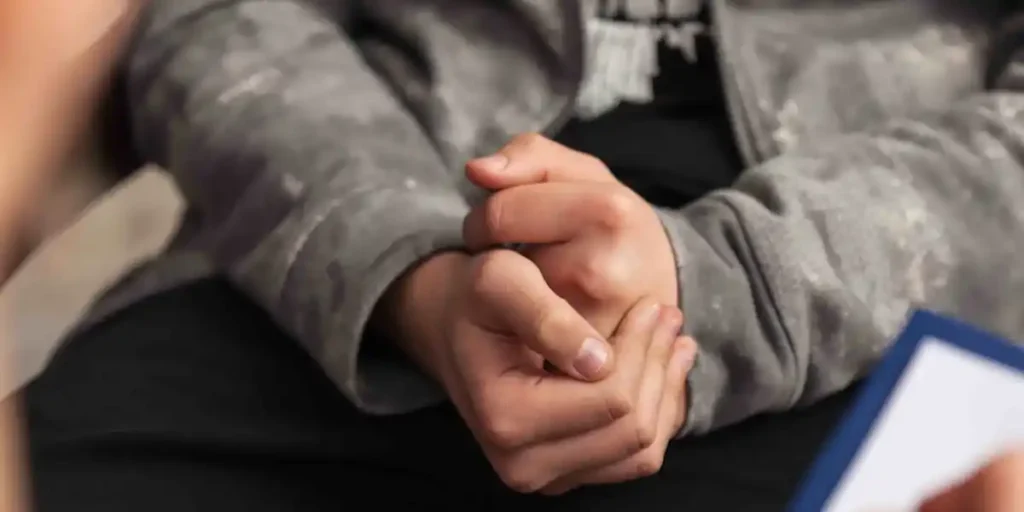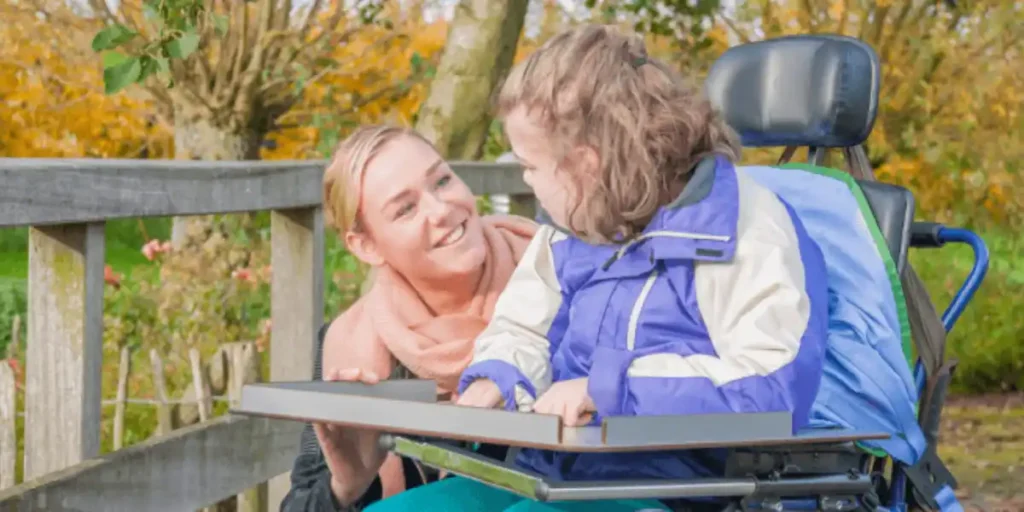What Causes Shingles?
Shingles is caused by the reactivation of the varicella-zoster virus — the same virus that causes chickenpox.
When someone has chickenpox, the virus remains dormant in the body’s nerve cells. Years later, it can reactivate, leading to shingles.
Reactivation may be triggered by:
- Stress
- Illness
- Weakened immune system
- Trauma
- In some cases, no clear cause is identified
You cannot catch shingles from someone who has it. However, if you have never had chickenpox or the chickenpox vaccine, you can develop chickenpox after contact with fluid from shingles blisters.
Unlike chickenpox, shingles does not spread through coughing or sneezing. The virus is only contagious through direct contact with the fluid in blisters or contaminated items such as bedding, clothing, or towels.
The highest risk of spreading occurs from the time blisters appear until they crust over. Covering the blisters with a clean, non-stick dressing reduces the chance of transmission.
What Does Shingles Look Like?
Shingles usually begins with a painful, itchy rash on one side of the body — often the chest, back, abdomen, pelvis, or face.
The rash develops as:
- Red bumps that are painful or itchy
- Fluid-filled blisters that erupt
- Crusty patches that heal in around two weeks
Signs and Symptoms of Shingles
Common symptoms include:
- Burning, tingling, or itching sensation on the skin
- Sensitivity to light
- Headaches
- Tiredness and fatigue
Treatment and Managing Shingles at Home
There is no cure for shingles. However, starting antiviral medication within 72 hours of the rash appearing can reduce the severity of symptoms and lower the risk of complications.
Self-care strategies can ease discomfort and promote healing:
- Keep the rash clean and dry
- Avoid scratching to prevent infection and scarring
- Wear loose-fitting clothing
- Apply a cooled towel to the affected area
- Stay cool and avoid overheating or sweating
- Cover the rash with a non-stick dressing
- Avoid using antibiotic creams, gels, or plasters
Key takeaway: Shingles can be painful, but early treatment and proper care can help reduce symptoms. If you suspect shingles, seek medical advice promptly.

